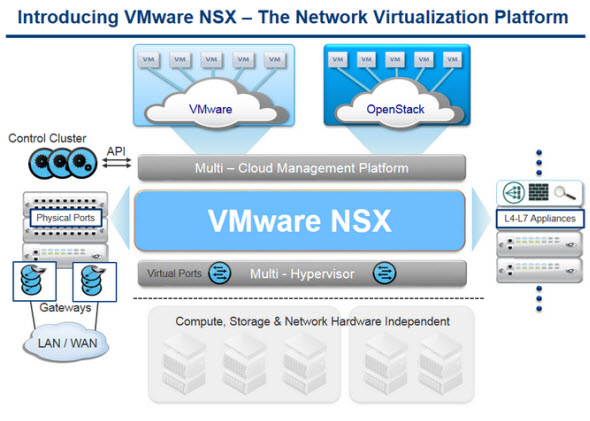
Historically, providing file-level services meant using a physical storage array or VMs capable of serving file-level protocols such as NFS and SMB. Most importantly, the infrastructure itself must be able to scale with the minimal total cost of ownership (TCO) yet still provide enterprise-class performance.įile Services are a common requirement in the virtual desktop environment.

Applications need to be refreshed and published at will and should not require multiple levels of IT administration.

Upgrade to minimal VMware 7.13 (has general support till October of 2022) or VMware Horizon 8.x.Customers wanting to deploy a virtual desktop infrastructure today, require a cost-effective, highly scalable, and easy-to-manage solution. The end of general support for Horizon 7 is March 2021. When you are still using the VMware Horizon Administrator make sure to upgrade your VMware Horizon environment. Open Firefox and enter the VMware Horizon Connection server or load balancing URL.Replace the ‘AllowListURLPattern’ with the FQDN of the VMware Horizon Connection server or load balancer URL.Create or edit the following file: ‘C:\Windows\SysWOW64\Macromed\Flash\mms.cfg’ with the following settings:.With the following steps you can enable Adobe Flash support on a Windows:

Caution: Enabling Adobe Flash is a security breach for your environment. This can be done by enabling Adobe Flash temporarily. VMware Horizon 7.10 has an HTML5 based Horizon Console that nearly feature-complete and replaces the Adobe Flash-based Horizon Console.įor organizations, it can difficult to manage there VMware Horizon environments below version 7.10 of VMware Horizon. Adobe Flash is no longer supported after December 31, 2020, and currently disabled by default.ĭuring my consulting work, I still see organizations that use Adobe Flash-based applications such as the VMware Horizon Administrator.


 0 kommentar(er)
0 kommentar(er)
